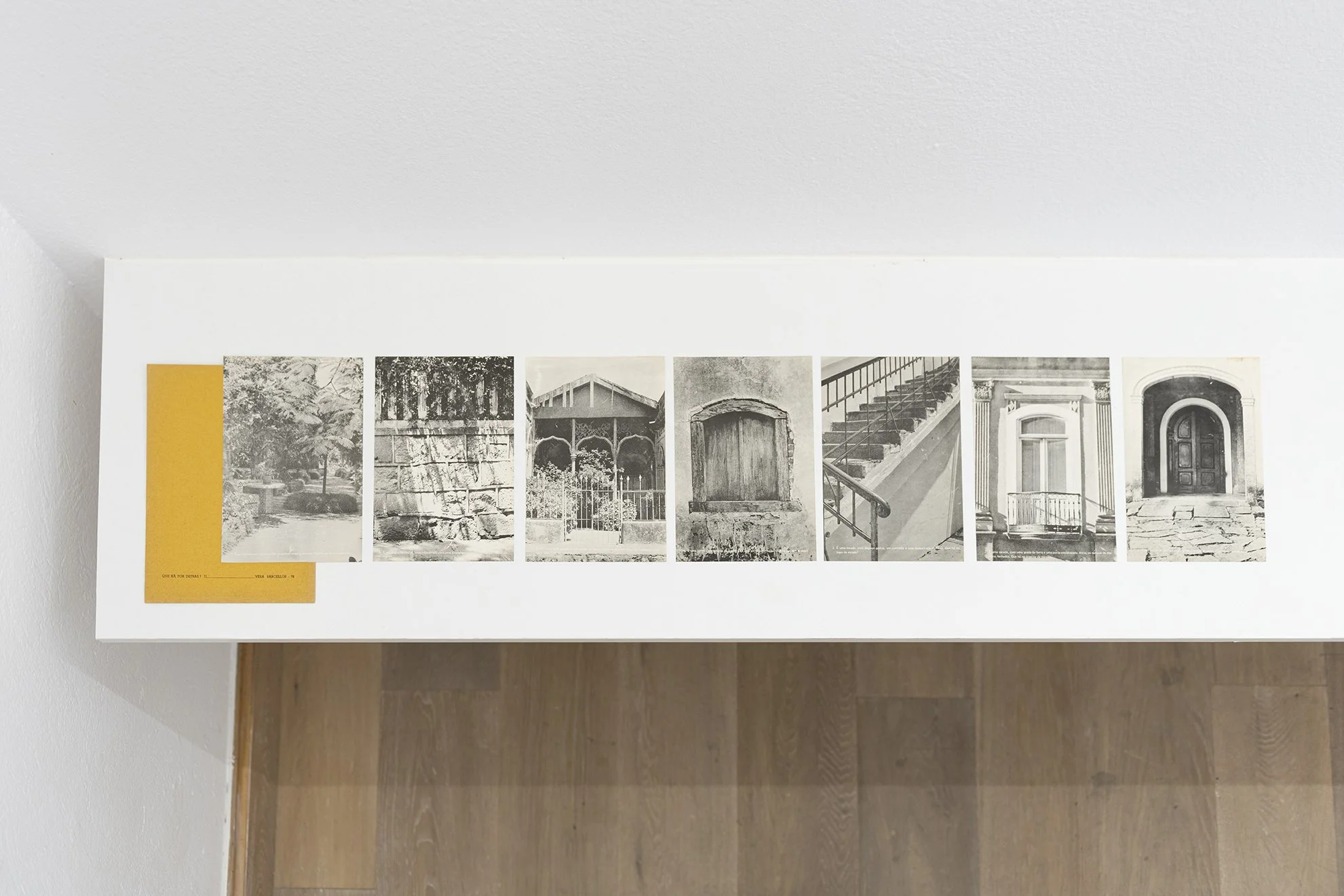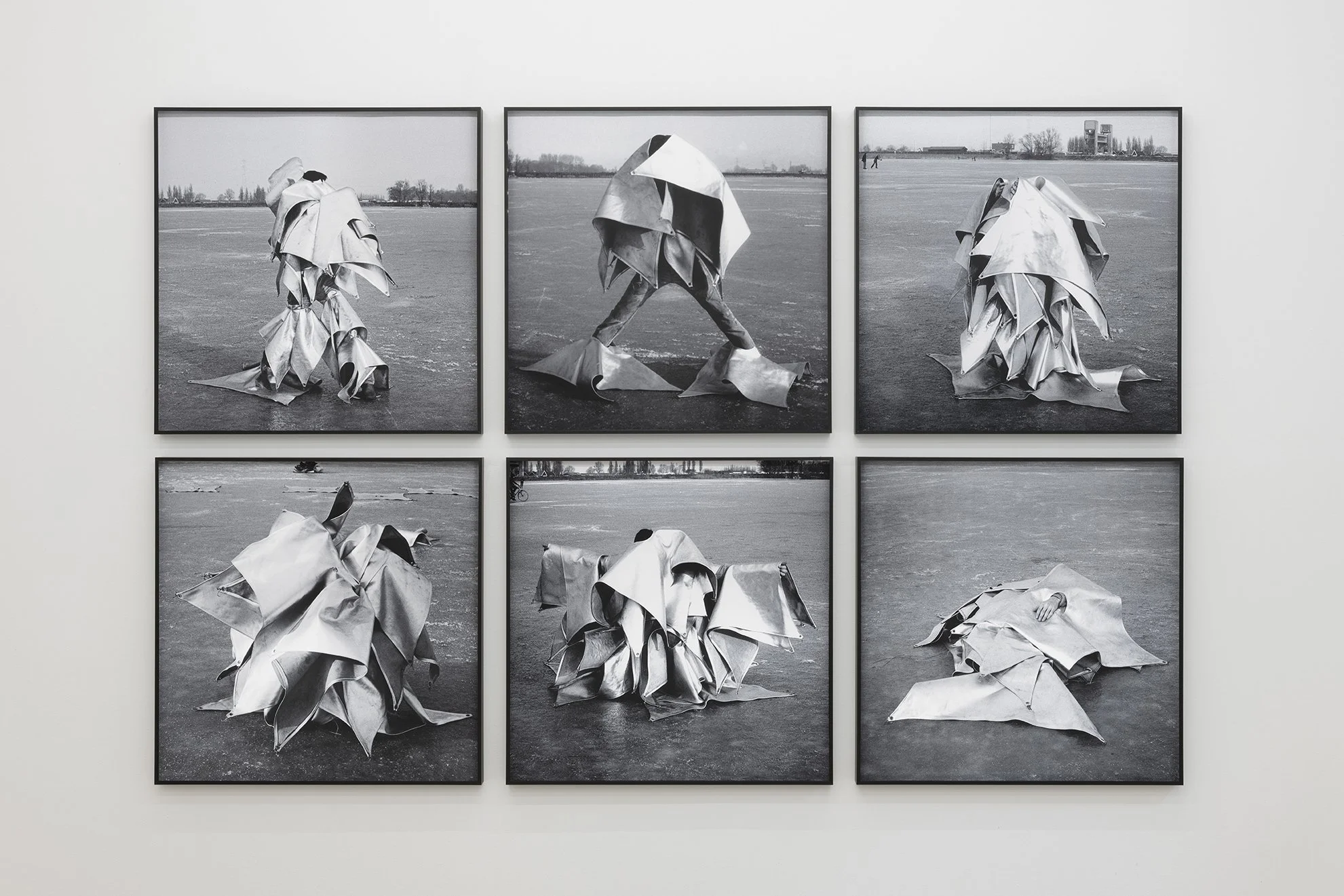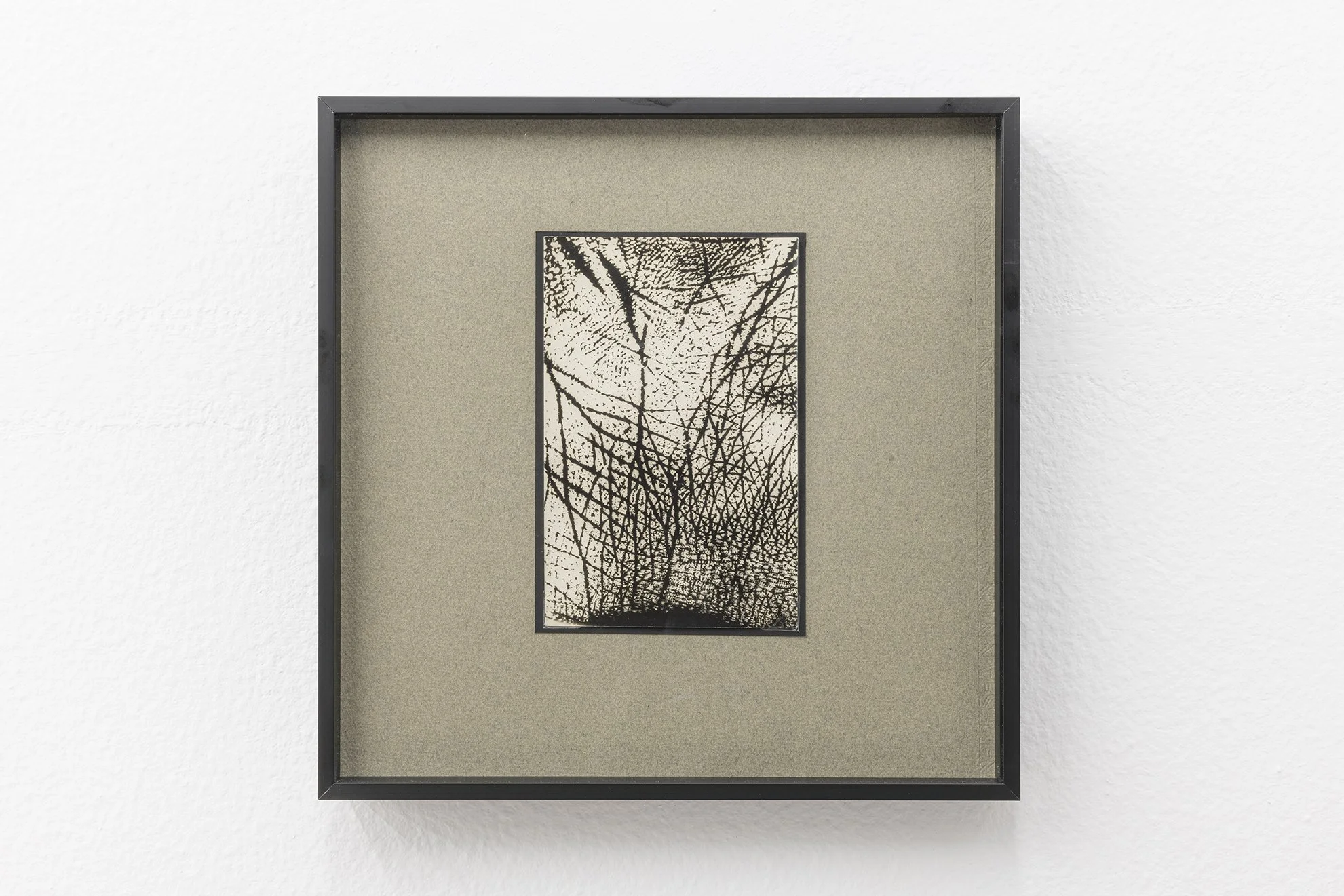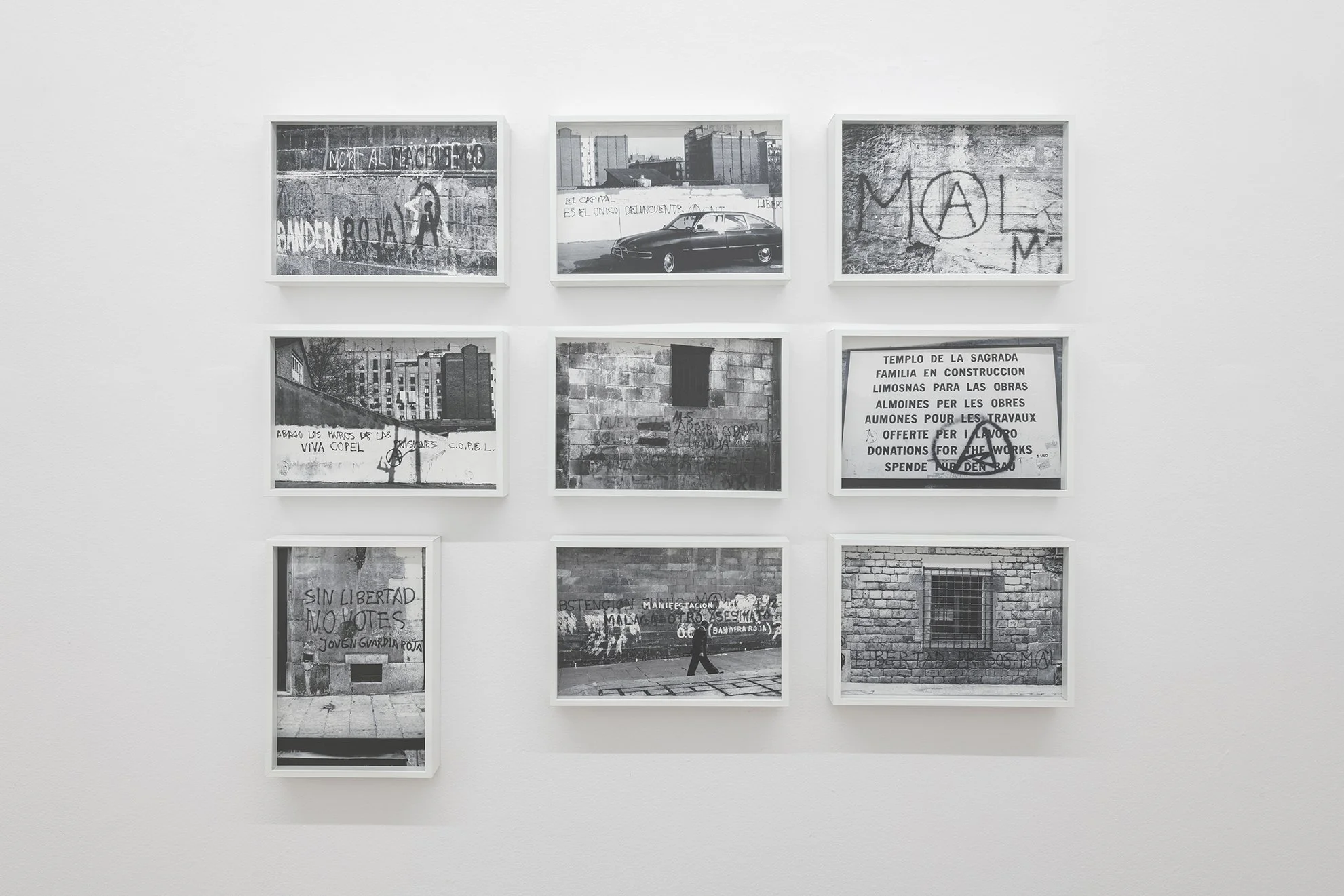Zielinsky is pleased to announce the opening of a solo exhibition by the Brazilian artist Vera Chaves Barcellos. “70’s i altres coses” will display a selection of works that have been produced in the 1970s and 1990s, and is part of the Barcelona Gallery Weekend, an essential event in the city’s artistic calendar.
From the beginning of her career, Chaves Barcellos has been interested in the reuse of pre-existing images taken from the media to develop works using video, photography, engraving and installation. The artist’s research takes as its starting point the relationship between the body and time: performing characters and narratives from the past and the future, focusing on stories that were left out of historiography, documenting and collecting archive materials from local events or from personal memory.
For Chaves Barcellos, the 1970s were marked by several moments of collective production, from the creation of groups and artist-run spaces (Nervo Óptico, 1976-1978 and Espaço N.O, 1979-1982) to the production of works in association with other artists from the cultural scene of southern Brazil.
“70’s i altres coses” presents a series of works in different media: “On Ice” is a joint work photographed in 1978 by Vera Chaves Barcellos and portrays a performance by the artists Flávio Pons and Cláudio Goulart on a frozen lake in Amsterdam. The images were published in May of the same year in one of the editions of “Nervo Óptico”. “Estranho Des-Aparecimento de V.C.B.”, a series currently present in “Constelação Clarice”, a group exhibition at Instituto Moreira Salles in Rio de Janeiro, is presented as a photographic exercise mixing two images – one of a bell and the other of the artist facing forward the same bell– one of the possible readings for the work goes through the condition of women against the eradicating of the gender agenda in the society of the 70s. “Epidermic Scapes”, which recently became part of the Museo Reina Sofía collection, it is a series of images of the artist’s skin, and of other people, enlarged to such an extent that their indexical function is lost as they begin to take on a more abstract appearance. The artist created each image by applying black ink to various parts of her body, over which she then rubbed a piece of tracing paper, effectively creating a negative, which she then enlarged. From the beginning her intention was to expand the images to such an extent that they could be displayed on the floor or wall in a monumental way and as if they were terrestrial landscapes. “Memória de Barcelona”, executed in the 1970s in the political transition of Spain, documents through photographs the ideological and political struggles present in the city’s walls. The bodies of that time occupied the streets and the graffiti reverberated the voices of feminist collectives, anarchist groups, libertarian workers’ organizations and trade unionists in a Catalonia recently liberated from Franquism. In “Keep Smiling”, the artist portrays her friends and herself with a small identification tag, similar to the one used to record the date on passport photographs or prison records, with the inscription hanging on the chest, where the phrase “Keep smiling” is read. For the art critic Angélica de Moraes, this photographic series makes an ironic allusion to the political environment of the time, of constant vigilance, when the Brazilian civic-military dictatorship exerted a bloody repression against the opposition. “The only way to survive was to ‘keep smiling’ for the official photo scrutinizing subversive intentions.” Finally, the video from the 1990s, “A Definição da Arte”, presented for the first time at the Sala Montcada of the Fundación La Caixa, appears again in Barcelona together with a series of documents, posters and dated works by the the 1970s, such as the “Testarte” series, a questionnaire-work presented in different countries and contexts such as the 1976 Venice Biennale and the 1977 São Paulo Biennale.
This solo exhibition at Zielinsky, Barcelona, coincides with the group exhibitions “To write down all their names (Spanish female artists from 1960 until today)”, curated by Lola Hinojosa and which will take place in October at the Palais Populaire, Berlin, Germany and “Constelação Clarice”, curated by Eucanaã Ferraz and Veronica Stiggeren for the Instituto Moreira Salles, Rio de Janeiro, Brazil. Recently her work has been part of the exhibitions: “The enemies of poetry: Resistance in Latin America”, Museo Nacional Centro de Arte Reina Sofía, Spain; “Radical Women: Latin American Art, 1960–1985”, Hammer Museum in Los Angeles, Brooklyn Museum in New York and Pinacoteca in São Paulo, Brazil.
Vera Chaves Barcellos was born in Porto Alegre, Brazil, in 1938, and currently lives and works between Viamão, Brazil, and Barcelona, Spain. Her work has been exhibited extensively in museums and biennials including: São Paulo Biennial, Brazil; Havana Biennial, Cuba; Venice Biennale, Italy; Mercosur Biennial, Brazil; Museu D’Art de Girona, Spain; Museo de Arte Moderno de Bogotá, Colombia; Instituto Nacional de Bellas Artes, Mexico; Instituto Tomie Ohtake, São Paulo, Brazil; SESC Pompéia, São Paulo, Brazil; Fundación La Caixa, Barcelona, Spain; MASP-Museu de Arte de São Paulo, Brazil. Her work is part of the collections of institutions such as the Museo Nacional Centro de Arte Reina Sofía, Spain; Pinacoteca de São Paulo, Brazil; MACBA-Museu d’Art Contemporani de Barcelona, Spain; Fundación Helga de Alvear, Cáceres, Spain; MAC-Museu de Arte Contemporânea da Universidade de São Paulo, Brazil; MAM-Museu de Arte Moderna de São Paulo, Brazil.























